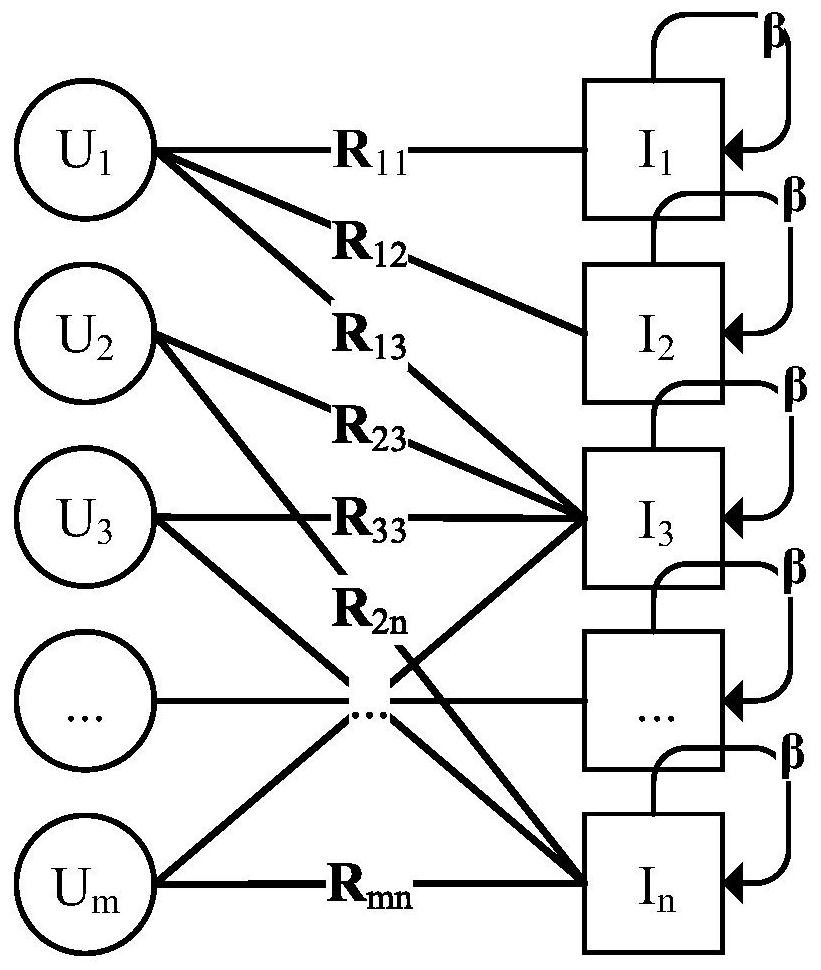A bipartite graph-based random walk recommendation method
A technology of random walk and recommendation method, which is used in sales/rental transactions, instruments, computing, etc. It can solve the problem of sparse recommendation methods, and achieve the effect of reducing adverse effects, increasing the probability of walking, and improving efficiency.
- Summary
- Abstract
- Description
- Claims
- Application Information
AI Technical Summary
Problems solved by technology
Method used
Image
Examples
Embodiment Construction
[0036] The present invention will be further described below with reference to the accompanying drawings and embodiments, and the present invention includes but is not limited to the following embodiments.
[0037] The present invention provides a random walk recommendation method based on bipartite graph, and its basic realization process is as follows: figure 1 shown. The method of the present invention mainly adopts the idea of random walk, such as figure 2 As shown, the user and the product are regarded as two node sets of the bipartite graph respectively, and the score value is used as the weight between the nodes. Starting from the target user node, the walker walks on the bipartite graph. At each step, the walker can randomly walk to the next node connected to the current node. The weight represents the user's preference for the product. The more a user likes a certain product, the higher the weight value between them. Therefore, when the walker selects the next n...
PUM
 Login to View More
Login to View More Abstract
Description
Claims
Application Information
 Login to View More
Login to View More - R&D
- Intellectual Property
- Life Sciences
- Materials
- Tech Scout
- Unparalleled Data Quality
- Higher Quality Content
- 60% Fewer Hallucinations
Browse by: Latest US Patents, China's latest patents, Technical Efficacy Thesaurus, Application Domain, Technology Topic, Popular Technical Reports.
© 2025 PatSnap. All rights reserved.Legal|Privacy policy|Modern Slavery Act Transparency Statement|Sitemap|About US| Contact US: help@patsnap.com



